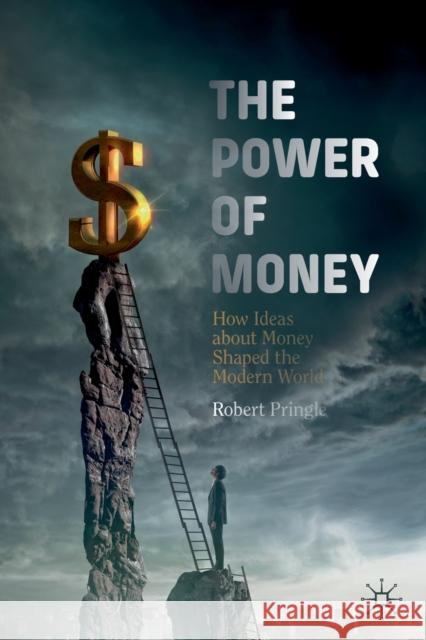The Power of Money: How Ideas about Money Shaped the Modern World » książka
topmenu
The Power of Money: How Ideas about Money Shaped the Modern World
ISBN-13: 9783030258931 / Angielski / Miękka / 2019 / 300 str.
Kategorie:
Kategorie BISAC:
Wydawca:
Palgrave MacMillan
Język:
Angielski
ISBN-13:
9783030258931
Rok wydania:
2019
Dostępne języki:
Ilość stron:
300
Waga:
0.44 kg
Wymiary:
23.39 x 15.6 x 1.65
Oprawa:
Miękka
Dodatkowe informacje:
Wydanie ilustrowane











